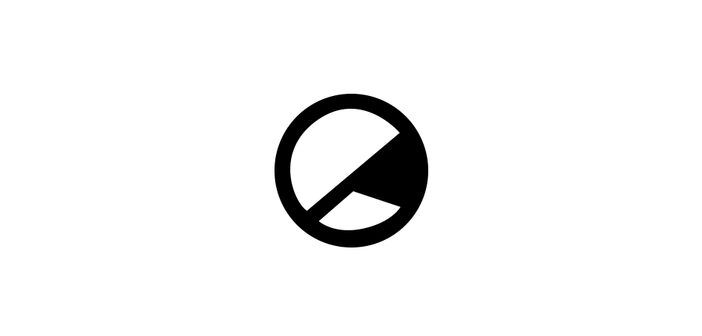J.R.R. Tolkien’s Lord of the Rings universe is a cornerstone of fantasy film and literature. The Lord of the Rings film trilogy was a groundbreaking cinematic masterpiece that grossed billions of dollars overall, from the score to the special effects of the time, to the sequencing of the plot, it did justice to the books, and then some. Peter Jackson’s trilogy is the only exception to the usual ‘the books were better’ rule when it comes to literary adaptation, these films are beautiful and gripping, but maintain an appropriate air of whimsicality to honour Tolkien’s style. So, harking back to the release of The Hobbit films, I was monumentally disappointed.
YES, I have read The Hobbit, and I sincerely think it is unfortunate that the films were practically a battle of five studios. From contracting issues to contradictions in scriptwriting sessions, to actors in full costume waiting on set for weeks with no scenes being shot, The Hobbit was a complete shambles.
Adaptation is no easy thing, and a film cannot religiously follow every aspect of the source material. But it is one thing to change the tone of a film to make a better adaptation, and another to simply try to follow in the footsteps of a better franchise, regardless of whether the source material or the plot itself allows for that. The Hobbit could not have been Lord of the Rings 2, prequel or not.
The Lord of the Rings is longer than the Game of Thrones book series and was written for Tolkien’s children at a much later point in their lives than The Hobbit. Lord of the Rings and its success was the realisation that there is an adult audience that is hungry for fantasy in both literature and film.
The Hobbit is one book that was clearly intended as a children’s book, each chapter having its own beginning, middle, and end (perfect for bedtime stories), which even had its own side-notes for the reader. The book is relatively simple, witty, and the characters don’t dwell on anything for too long. The films include twenty-minute action scenes that do very little to move the narrative forward, and sometimes I want to know what the dwarves are made of because nothing seems to harm them for most of the story. Seriously, they cannot be eaten, crushed, burnt, or drowned.
This is not to say the films were all bad; I cannot think of anyone better to play Bilbo Baggins than Martin Freeman; Ian McKellen’s unreliable and tricksy performance of Gandalf the Grey was not identical to the wise and industrious Lord of the Rings wizard (and this was the right thing to do).
The camaraderie of the dwarves was excellent and there were times in which the whimsicality of the source material was intact. But when I found out about Guillermo del Toro’s original vision of two films which would match the childlike quirkiness of the books and gradually get more serious (and would last two hours each) to wrap up this adaptation, I wanted to weep with lamentation over Jackson’s decision to make three films that just didn’t have enough material to work with.
This gulf between source material and the number of movies that were being released meant that unnecessary additions were made to the plot, a weird love triangle being among the most frustrating elements. Most annoyingly, The Battle of Five Armies is half a chapter in the book, so why did it need to be the majority of a three-hour film?
The book was better than the films for The Hobbit, but it hurts so much more to say that more than with other adaptations because we know that better has been done, and del Toro’s vision may have been the best course of action for the source material.



